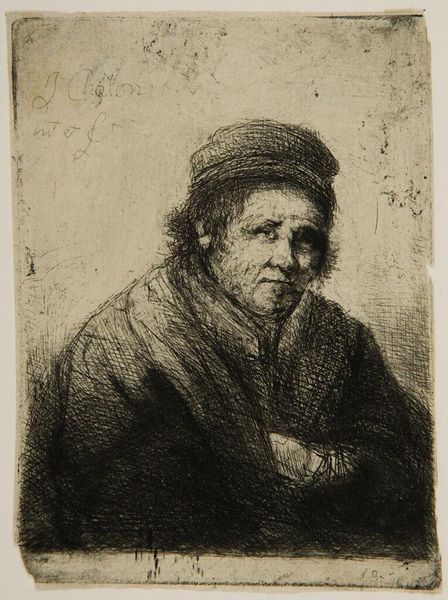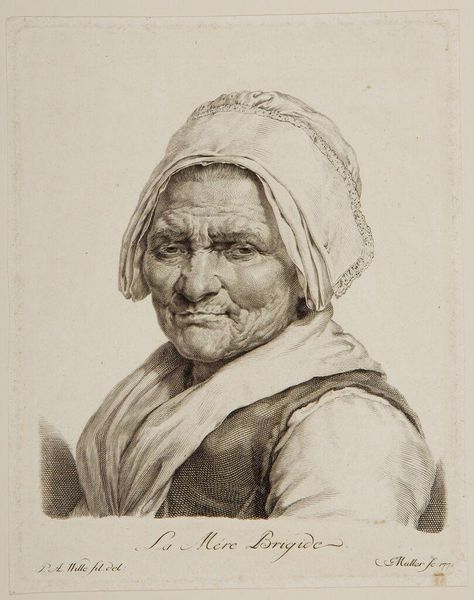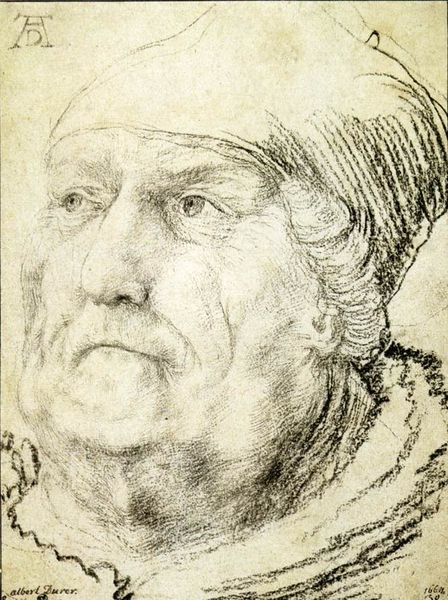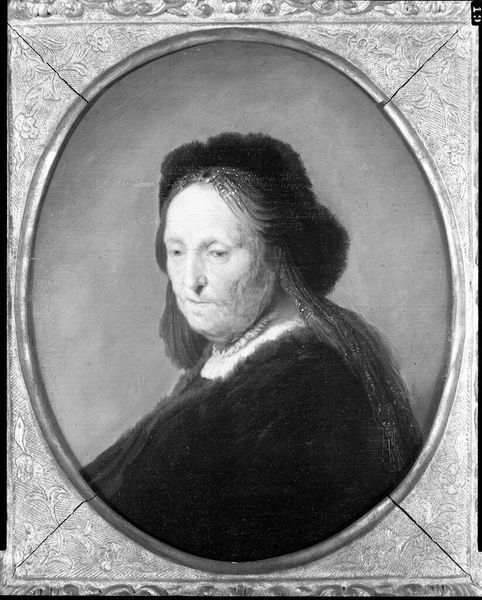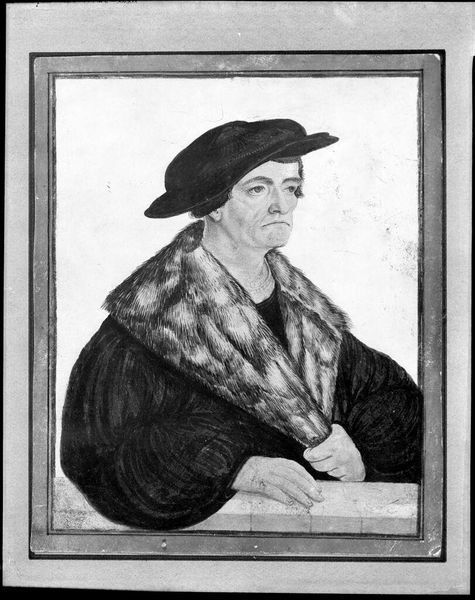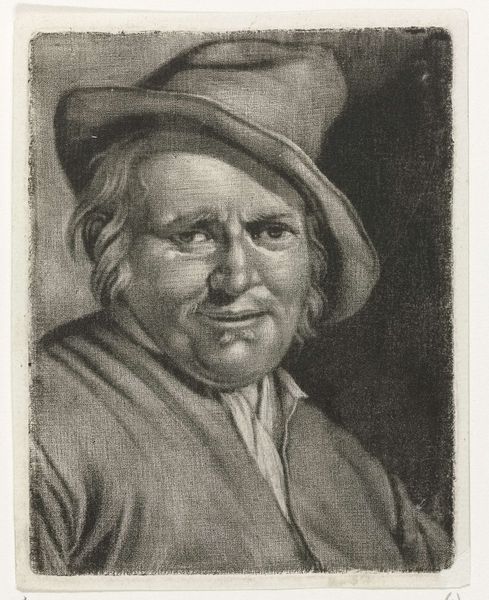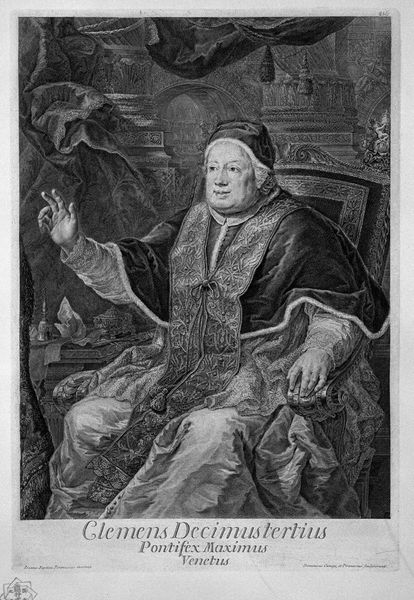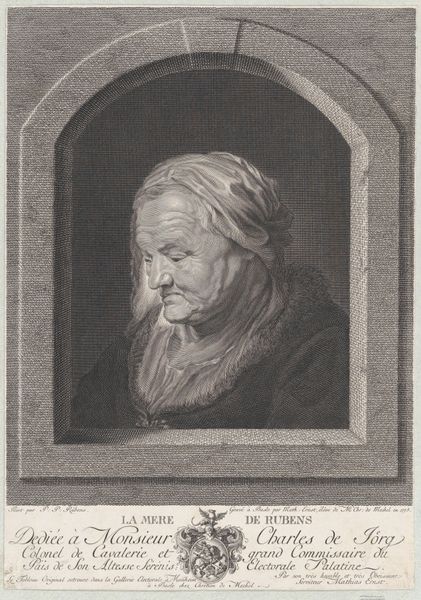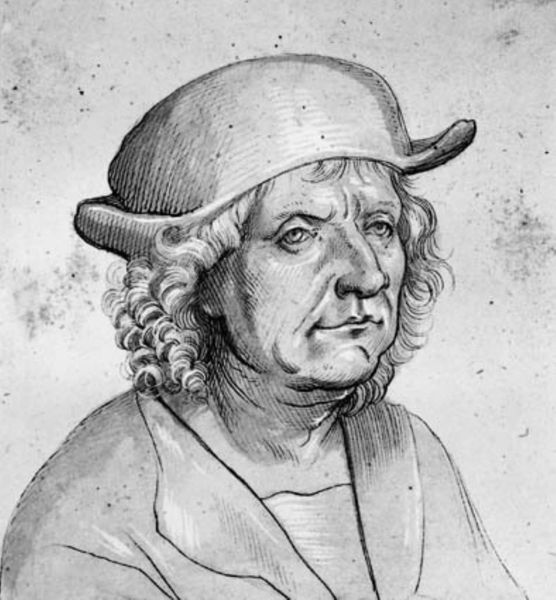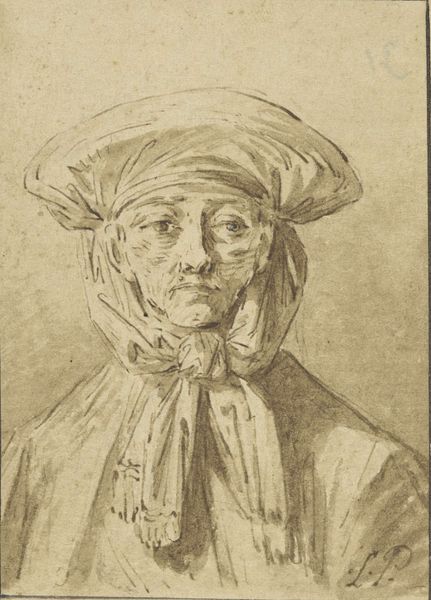
En gammel kone. Allegorisk fremstilling af hørelsen 1624 - 1670
0:00
0:00
painting, oil-paint
#
portrait
#
allegory
#
baroque
#
portrait
#
painting
#
oil-paint
#
genre-painting
Dimensions: 58 cm (height) x 44.5 cm (width) (Netto)
Curator: I find this artwork really fascinating; it’s titled "An Old Woman: Allegorical Representation of Hearing" attributed to Karel van Mander III and believed to have been created sometime between 1624 and 1670. It's oil on canvas. Editor: Visually, I’m struck by the somber mood—the painting utilizes a muted palette. There’s something so intriguing about the play of light across the woman's face and the turban. The surface shows quite a bit of craquelure. Curator: Absolutely. The aged appearance and the turban are stylistic elements that align with genre painting of the period— specifically that tendency for an exoticized portrayal of people. But here, her aging process itself is a statement on temporality. Allegorical representation suggests it represents not just hearing but decline itself. Editor: That’s interesting, particularly because she's holding what looks to be a recorder—or some kind of early flute? It seems ironic, or even melancholic, when considered alongside her advanced age. The flute, so smooth and cylindrical against her heavily wrinkled hands, further heightens that sensation of contrast. Curator: Exactly. This work comes from a time with heightened focus on the five senses in artistic depictions, both within courtly circles, and especially the broader marketplace of art at the time. Note how hearing is often represented alongside music in art from that time, underscoring that courtly link. The flute symbolizes her auditory perception. But note also her dress, or even head covering, referencing “orientalism” as a way of establishing taste through an appeal to class boundaries in that era. Editor: So much nuance in the detail here. But focusing on the purely formal composition—the dark backdrop really throws the white head covering forward, acting like an early use of spotlights in theaters to call forward a central performance. The light helps build up to the climax of seeing her features. I see wear, experience, and a sense of loss. Curator: Precisely. Looking at this work through a formal lens reveals an immediate story but remember its existence and display within this museum adds more significance. What kind of social dialogue could van Mander intended to foster through the painting itself and with that choice of representing allegorically? Editor: Agreed. What appeared simply representational at first glance shows complexity and a thoughtful connection to the broader sociopolitical landscape of the Baroque. Curator: I’ll leave here wondering what it sounded like to hear her perform with this. Editor: And I will leave here treasuring that striking composition with contrasts and nuances.
Comments
No comments
Be the first to comment and join the conversation on the ultimate creative platform.
